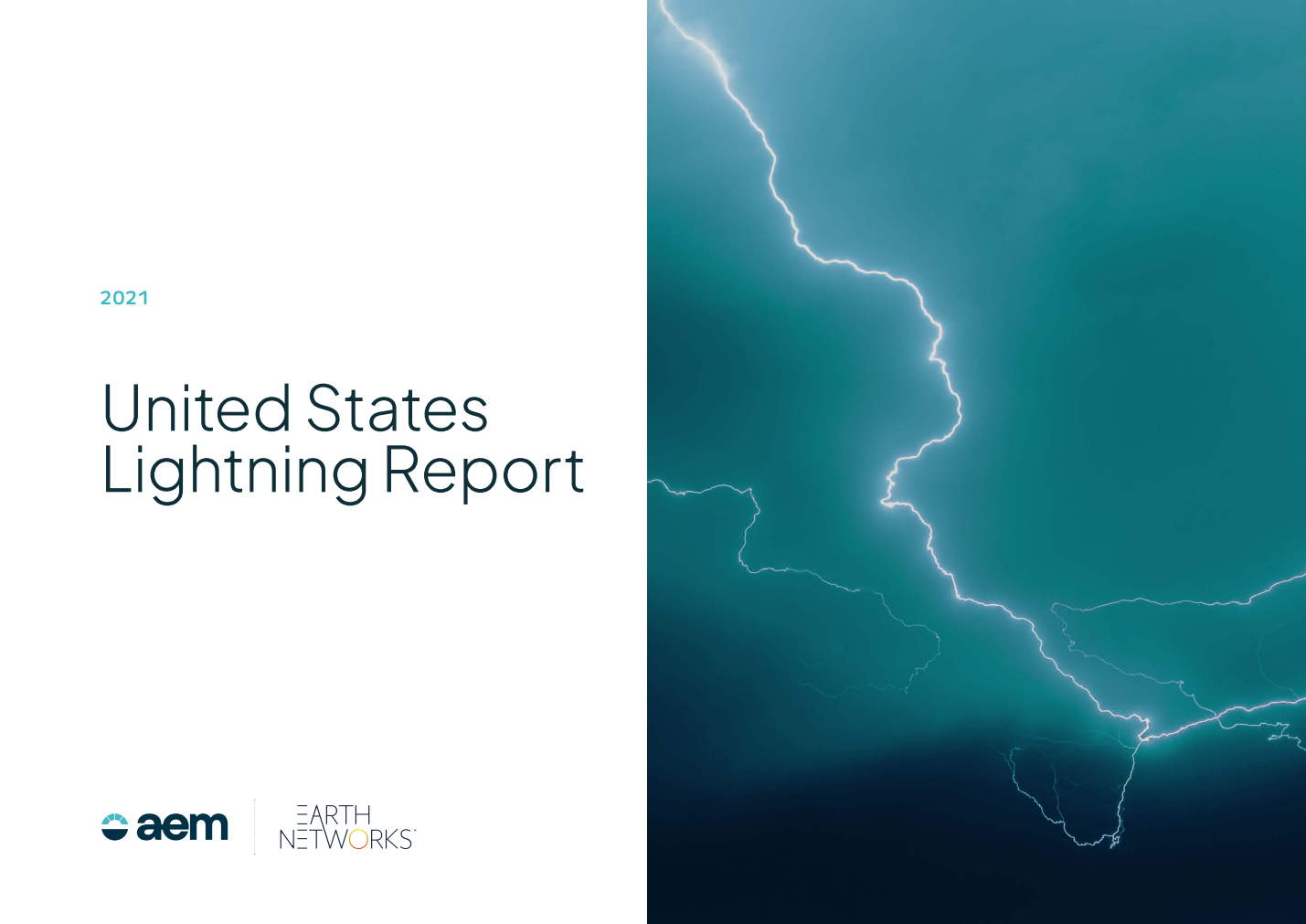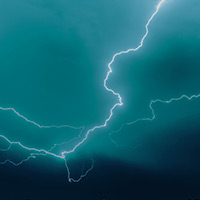Cyclone Mora Barreling Through Bangladesh
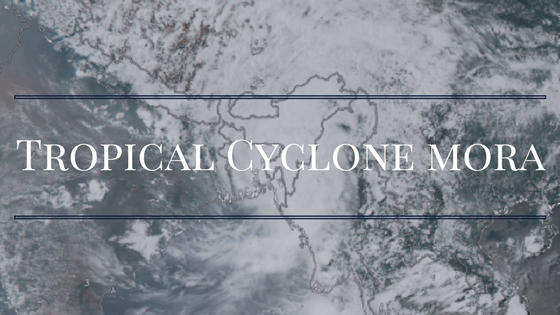
Tropical Cyclone Mora crashed into Bangladesh on 30 May 2017, bringing chaos to the country. The storm's widespread destruction rendered millions of people homeless. Experts analyzed world weather data as the storm approached landfall.
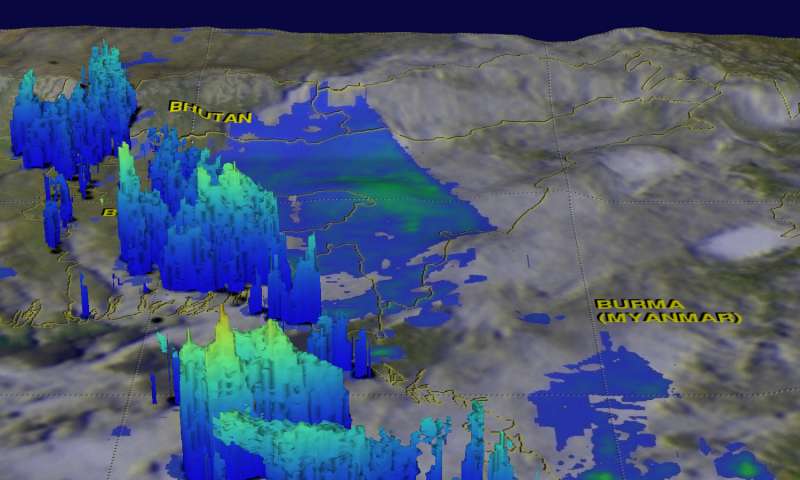 Credit: NASA/JAXA, Hal Pierce
Credit: NASA/JAXA, Hal Pierce
NASA satellite data showed heavy rain and high cloud tops in Tropical Cyclone Mora after the storm came ashore in Bangladesh on Tuesday. This particular image is from 11:21 UTC, six hours after Mora made landfall.
Mora Quick Facts:
-
The storm's maximum sustained winds were estimated to be about 55 knots (63 mph)
-
As the storm dissipated, rain was still falling at a rate of over 120mm (4.7 inches) per hour
-
Storm tops reached heights greater than 15.3 kilometers (9.5 miles)
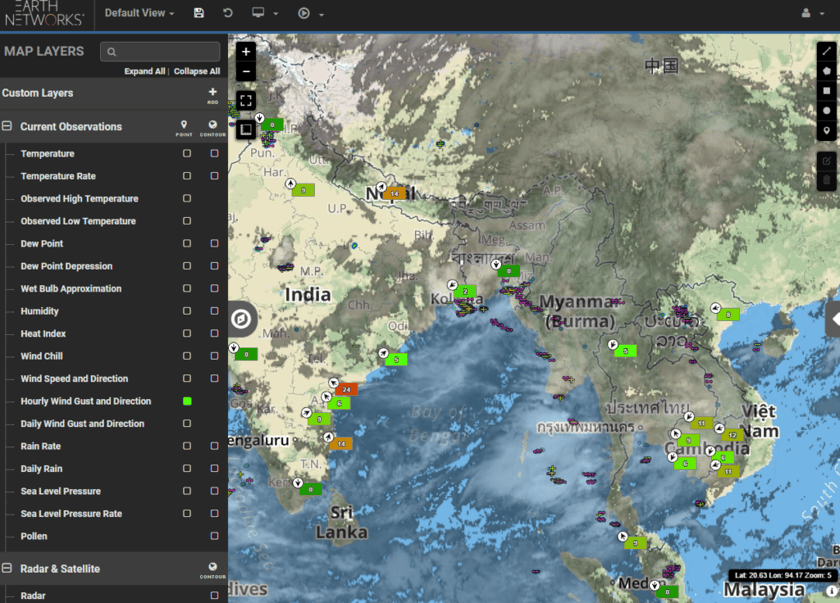
Earth Networks meteorologists tracked the storm barreling through Bangladesh with our severe weather tracker Sferic Maps. The above screenshot shows the storm over Bangladesh approximately 11 hours after making landfall. Although it dissipated at this point, the visualization shows strong lightning activity along the coast.
Cyclone Mora Precautions
Before Mora's arrival, Bangladesh officials scrambled to implement numerous emergency operations to minimize human and property loss.
Over half a million people evacuated from coastal areas
- Residents were seeking shelter in schools and other safe buildings in 17 coastal districts
- Officials organized 3,800 relief centers ahead of the storm
- Great Danger Signal No. 10 was hoisted in six coastal districts: Cox's Bazar, Chittagong, Noakhali, Lakshmipur, Feni, and Chandpur
Seaports closed
- The country's two main seaports in Chittagong and Mongla halted operations
- River transports across Bangladesh were also suspended before the storm hit
Airport Closures
- Chittagong's Shah Amanat International Airport closed until at least 2:00 pm local time on 31 May 2017
- Cox's Bazar Airport closed indefinitely
Indian Navy Rescues
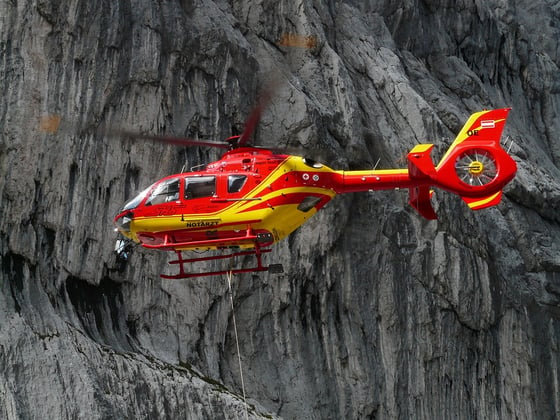
During times of emergency, it is not uncommon to observe moments of bravery. On Wednesday 31 May, the Indian Navy reported rescuing a total of 27 Bangladeshi nationals they found adrift at sea. The ship Sumitra found these civilians some 100 miles away from the Bangladeshi city of Chittagong. The majority of people rescued from the Northern Bay of Bengal were women, children, and the elderly. Flooding is likely to blame for this dangerous situation.
[bctt tweet="@indiannavy rescued 27 Bangladeshi nationals found at sea after #CycloneMora" username="EarthNetworks"]
Ongoing rescue attempts by the Indian Navy are currently still underway. The Eastern Naval Command deployed P-81 aircraft to patrol the area and attempt more rescue operations as a result of Cyclone Mora.
Expected Damages
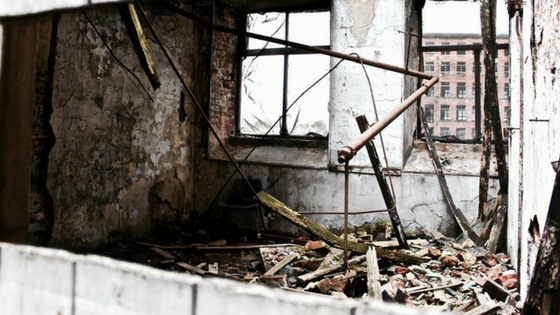
So far, fatality reports show Cyclone Mora killed at least six people when it hit Bangladesh. Fall trees as a result of high winds are believed to be the cause of death for most of these people. Unfortunately, this number is expected to grow as flooding recedes. Heavy showers and gusty winds from Mora's remnants continue to batter areas of Bangladesh, damaging homes and triggering dangerous landslides.
Mora also caused plenty of infrastructure problems throughout the country. In Mizoram, the storm's gusty winds and heavy showers disrupted power and telecommunication networks on Wednesday.
As Mora moves north during the end of the week, the country is looking to evacuate nearly 1 million more people from low-lying areas. Stay updated by subscribing to our blog.


